With the debacle of my home network this past week, and waiting to get new NICs for the office computers, I’ve resorted to watching a lot of Netflix. Even with the wireless adapter from the media PC on here, the speed and latency is horrible being so close to the router. Even trying to download torrents was suffering, so I’ve prioritized a few shows (read: Symphogear) until it’s fixed. Netflix’s anime selection has significantly improved over the years, so I was sort of surprised they actually put their name on Knights of Sidonia, a 2014 and 2015 two-cour series about a human space colony ship fighting aliens threatening their existence. I heard some musings about it before on the anitwitters but did not get around to marathoning it all until this week.
There will likely be spoils ahead, so if you have not seen it, close your browser now.
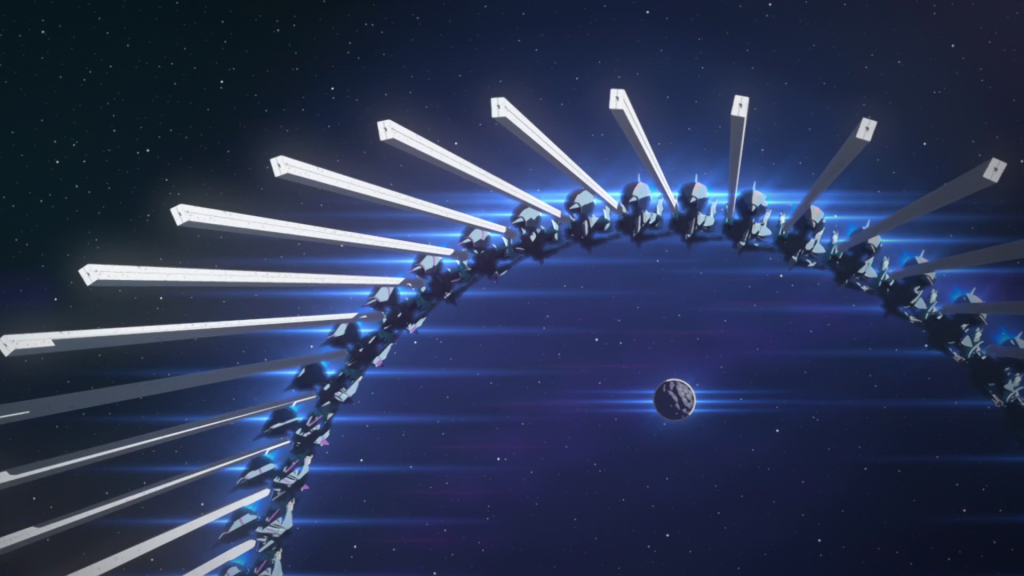
The immediate feel you get from the show is two-fold, one being SPACE COLONY DISASTER show, and the other BIG BAD AGAINST HUMANITY show. It’s the neat marriage of Battlestar Galatica, a classic American sci-fi series about refugees from space colonies trying to find “Earth”, and something like Shingeki no Kyojin where giant humanoid monsters attack and drive humanity back.
Finished Knights of Sidonia on Netflix earlier. For a fairly cliche space-plot, I thoroughly enjoyed it. Season 3 is when?
— Radio Free Litvyak (@tldranimu) August 8, 2015
Cliche is really because this isn’t the first monster-versus-human series, on ground, in the air, or in space, where the real plot of the show is co-opting the alien’s physiology or technology against itself. If you’re going to cry how that is a spoiler, you really are new to science-fiction, much less anime. Hell, it’s been a sub-plot of probably a dozen episodes of Star Trek, or the entirety of the last-half of Voyager. Yes, when you realize that Tsumugi is Sidonia’s Seven of Nine, there isn’t much else you can be surprised at.
Except I was.
Putting aside the cliche plot, what Sidonia actually did for me was remind me why I enjoy space, space travel, and science-fiction media so much. It’s one thing to put on a show about fighting aliens using mechanized robots and battleships, but it is another to expose the viewer to the sense of culture and wonder that surrounds the ship when it isn’t fighting. Sidonia is a ship cobbled together from pieces of Earth and ship, almost in a last-minute fashion, and then refined over hundreds of years. You listen to characters talk about previous Gauna wars, and how the population was much different in the early years (spoilers: class-based immortality), to now where people can photosynthesize like plants. Furthermore, they can clone themselves, store memories in other brains or devices, and even feature gender-neutral people who can choose their gender later on. Gene Roddenberry gave us one glimpse of the future in his own utopian way, but Sidonia offers another one much more dark than Roddenberry might have had in mind. Unlike Starfleet, Sidonia is very pro-military, and very aggressive towards even its own people if they do not cooperate. A lot of early science-fiction media featured alien races who were almost always hostile, defeated by a solo hero with a sidekick or love interest and a robot or three. Sidonia sort of runs down that route with a modern twist, giving you Tanikaze Nagate, the one-man band.
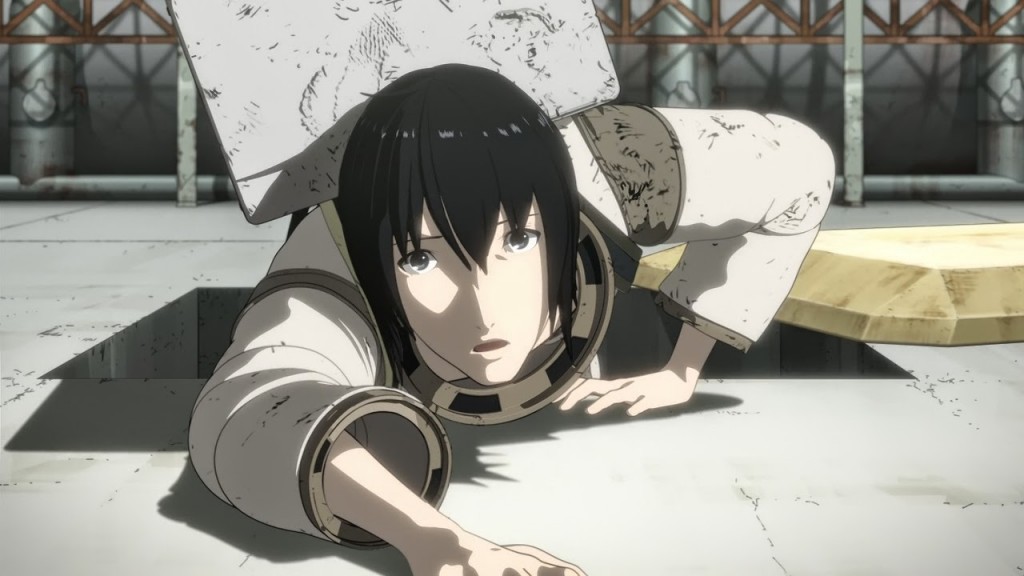
It was hard to really get into Tanikaze’s character. You know he is different from the others in the start of the show, but it takes a few episodes before you learn why, and even then, it’s hard to swallow that Last Action Hero trope. His sidekick slash love interests Shizuka, and the non-binary Izana, effectively act as his counter-balances somewhat throughout the first cour, but it’s pretty obvious that they aren’t going to ever excel past him on his quest to be the very best, like no one ever was. His only real challenge was the stalwart Norio Kunato, who even after presenting himself as a noble and strong person, crumbled under his emotions only to return in the second-cour as the head of Kunato Development and spearhead the plot to the second-half. There are a handful of other pilots and commanders of interest, like Samari and the gunpla-building Yuhata. Pretty much every victory and advancement forward comes from Tanikaze’s piloting skills. But outside of battle, he is a clumsy, always-hungry, slightly-charismatic oaf. It’s obviously enough to turn Izana female towards the end, although she got a run for her money from Tsumugi and Yuhata. Fortunately, I enjoyed all of the main characters, especially Izana, and by the end of the first cour, I did warm up to Tanikaze, because even if he was Jesus Yamato and his Garde was essentially Strike Freedom, he still provided the show’s best action sequences. His harem antics are less-than-stellar, but we’ll ignore that for now.
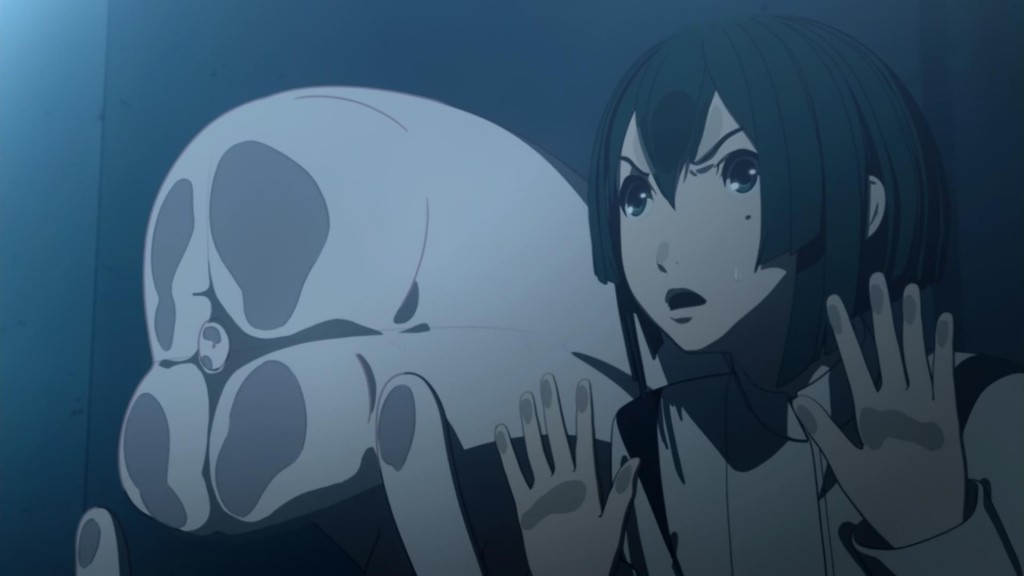
I had a lot of fun with this show, even with all the nitpicks. I sort of figured early on that this was a show that wasn’t going to spare you the reality that space is an unforgiving place, and that a lot of people were going to die, either by Gaunas, or turning in to a stain on the side of a building when the ship’s gravity went offline. The show makes frequent use of turning-and-burning characters on-screen, including major plot characters. But cry as you might for Hoshijiro, her Gauna form is far more badass, and provides the best battle scenes of the show beyond anything else. I sort of thought she might return somehow, but I concluded that I’d rather see Izana up there with Last Action Hero. Besides, ol-Tsumugi figured out how to play the part of a human pretty well.
As for the animation and everything, it relies on full-CGI for everything, characters and ships alike. It wasn’t particularly terrible, unless they had a close-up on the face, then it got very weird because the eyes and mouth would sort of slide out of place. It reminded me pretty much of Arpeggio, which also employed full CGI for its cour. But, the non-character CGI effects were spot-on, and I enjoyed the Garde design mechanics, especially linking in groups of four-or-more to travel faster. Even the obligatory stranded-in-space episode was fascinating me from a technical standpoint because much like Nadesico, they equip Gardes with solar sails to collect particles for use, assuming you don’t run out of food and water supplies beforehand. I like stupid small technical details in sci-fi shows, so things like that, and visual effects like the computer screens, the pilot status indicators that flashed or crossed out when the pilot was killed-in-action, all of it created a wonderfully authentic experience for a show set in the thirty-fourth century. I tend to live-and-die by computer special effects, it was one of the reasons I got intro Star Trek when I was ten. I drew Okuda panels on paper and stuck them to doors and walls of my room, wanting to create that twenty-fourth century look. I even convinced my wife if I could, I’d do a more professional job of it with some room in the house, probably the garage when I get to redoing it. We’ll see how that goes.
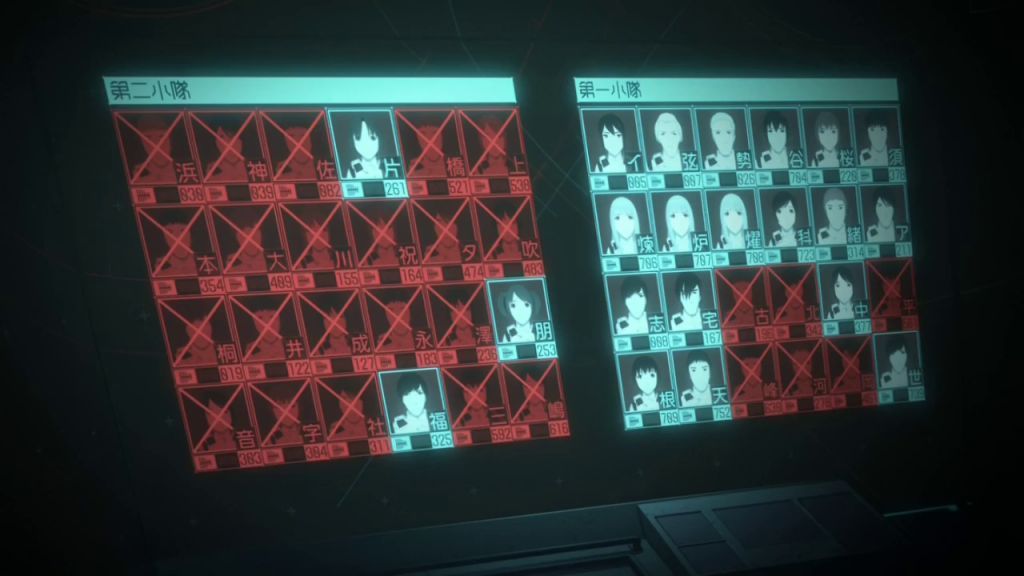
The final verdict for this show is that it is a pretty good science-fiction series combining space action with human survival in a very kill-or-be-killed manner. If it were a survival-genre video game, I’d praise it for being different from your run-of-the-mill zombie bullshit. Actually, it really would make a great game if you combined a space-sim like Strike Suit Zero with something like XCOM: Enemy Unknown in that you can either directly pilot, or direct a squad of Gardes to victory, and probably lose many in the process. But as a show, it’s people in space shooting aliens in space who want to eat people in space.
I like space.
Title: Knights of Sidonia
Sub Group I Watched: Netflix
Episodes: 24 (2 Seasons)
Rating (1-10): 9
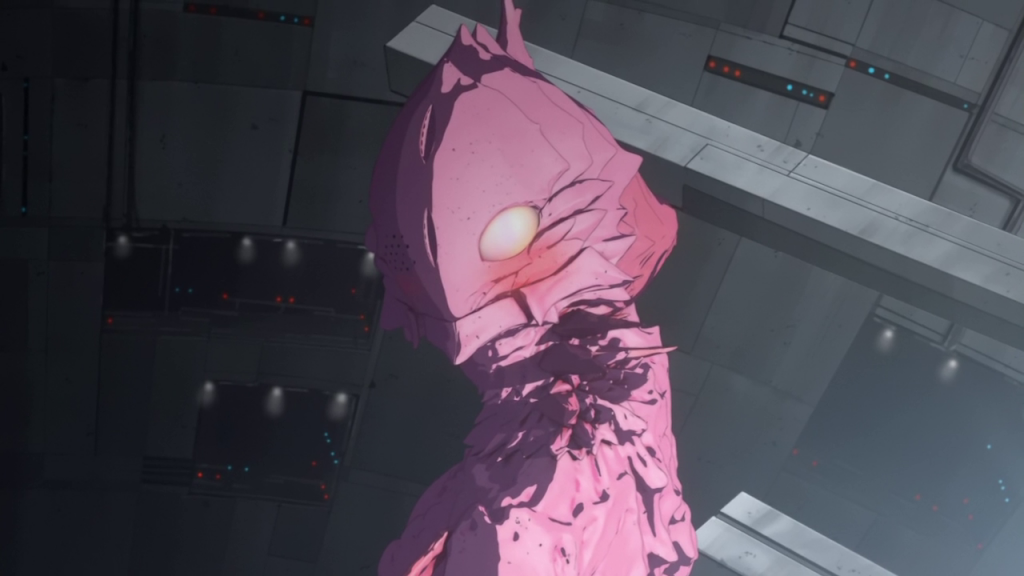
PS: I actually did not read any of Jinx’s thoughts on Sidonia prior to writing this:
One of its greatest assets in the graphical execution is the camera work that follows Battlestar Galactica’s signature style of rapidly shifting focus, abrupt zooming, and jerky movement to highlight the fast and chaotic nature of combat in Sidonia’s universe, and hence the battles against the Gauna appear just as brutal as I would have expected.

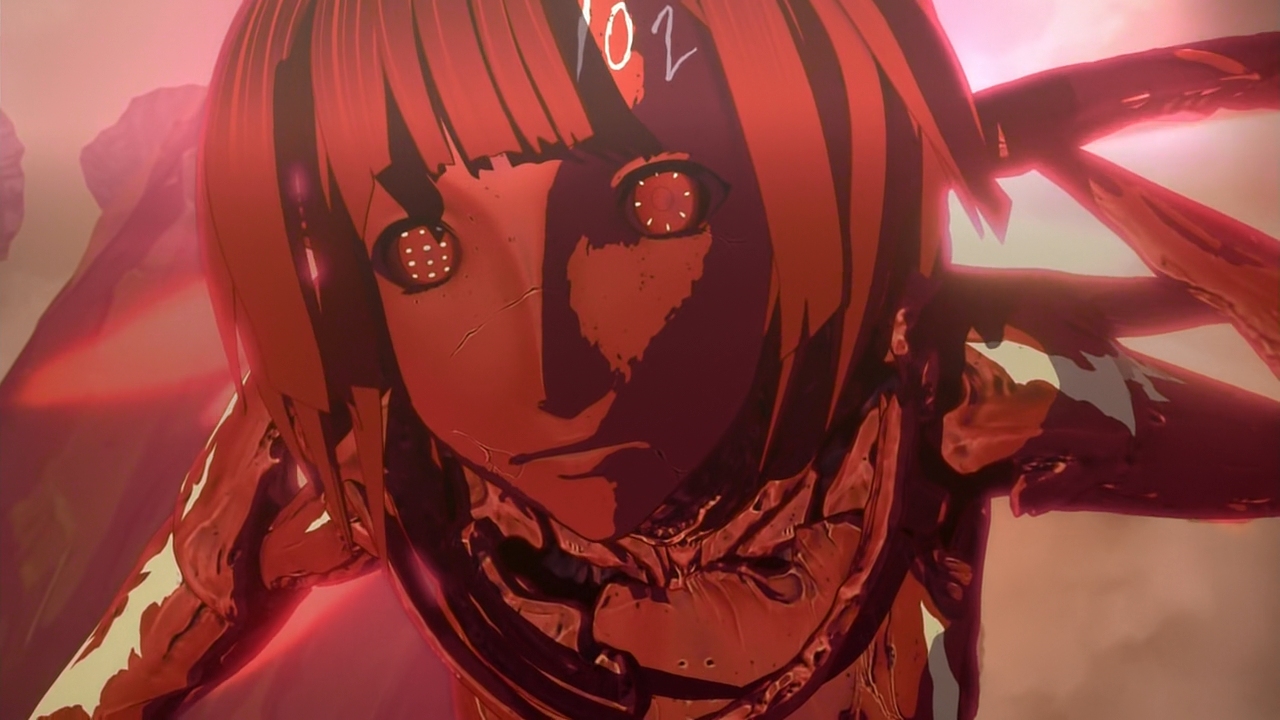
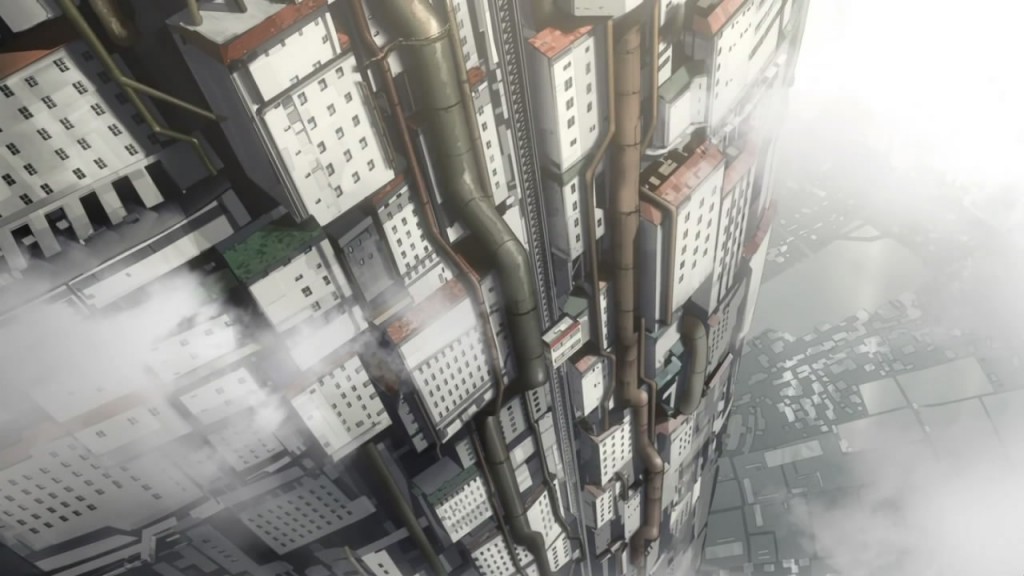
One Comment